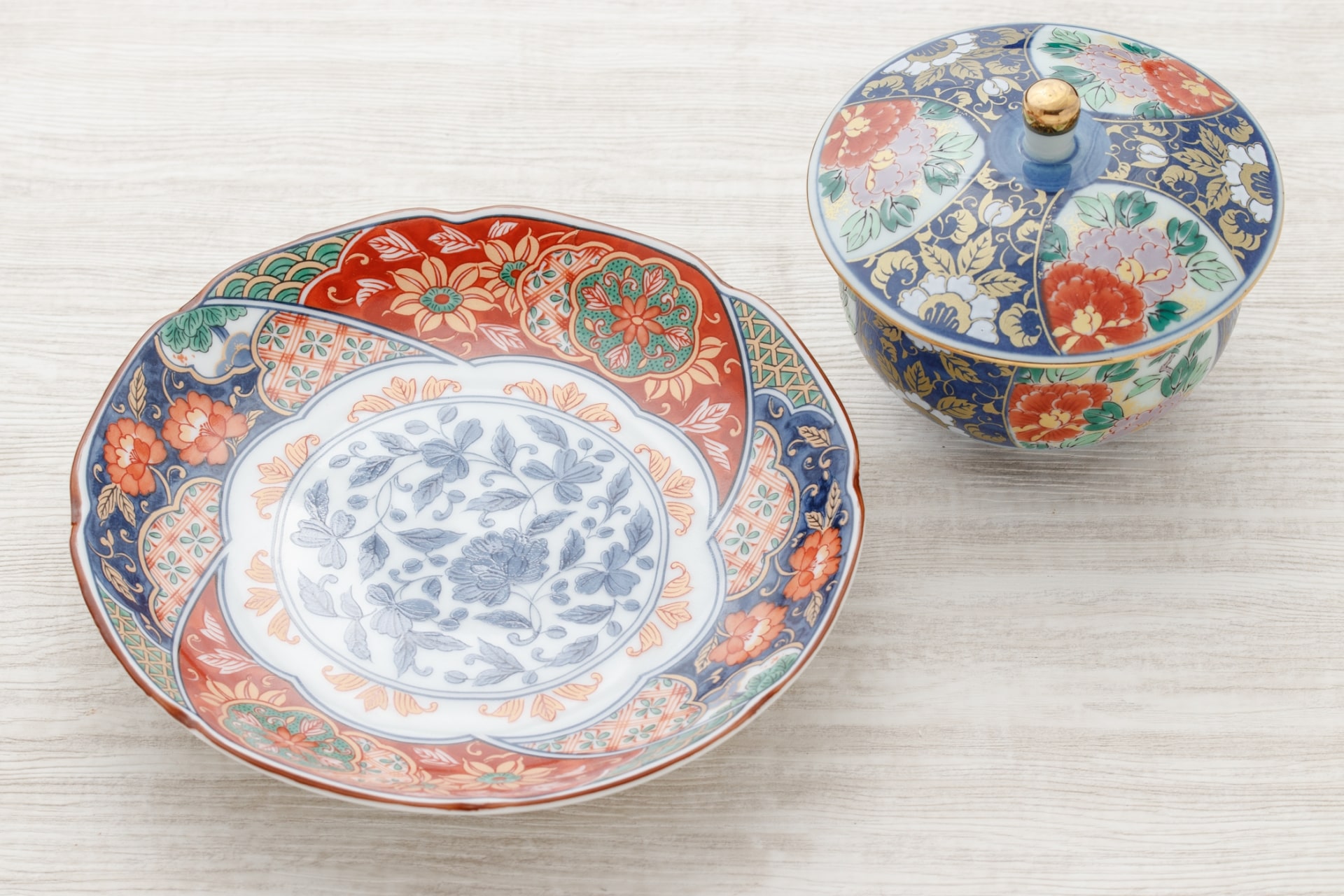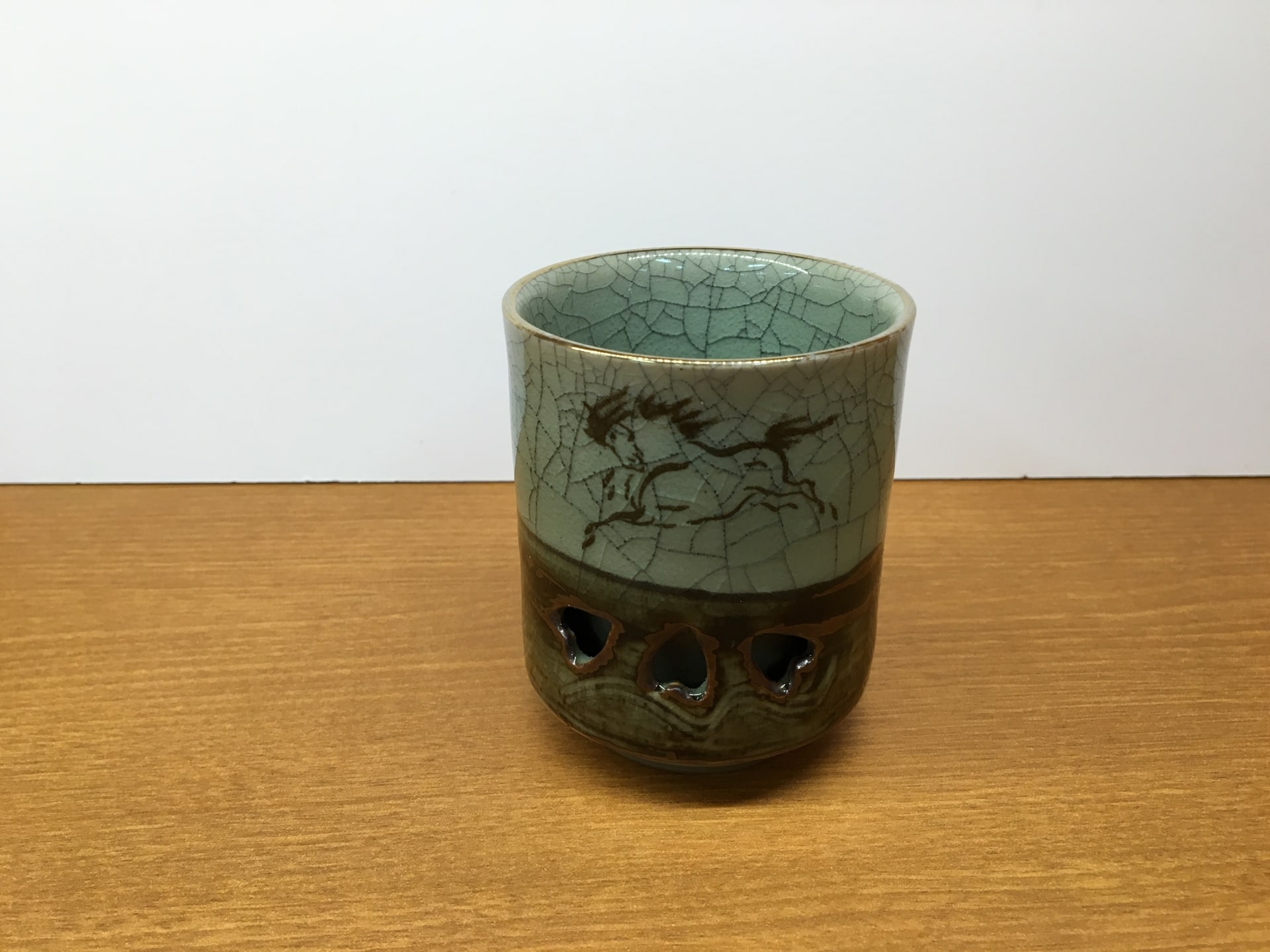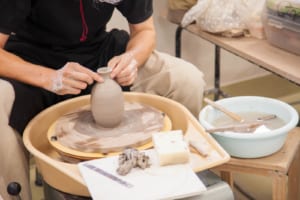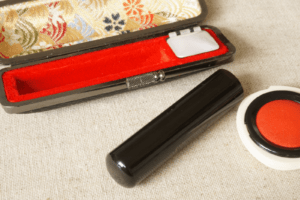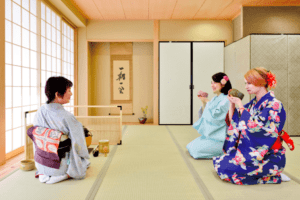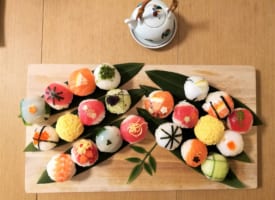10 Famous Types of Japanese Pottery
Traditional pottery and porcelain ware in Japan

Japanese Pottery, known in Japan as “Tojiki” (陶磁器) or “Yakimono” (やきもの), is one of Japan’s most valued crafts. It combines Art and Tradition, and it has a long history that reflects the values of the Japanese people throughout time.
First of all, did you know that Japanese pottery is one of the oldest traditions in the whole world? The origins of the ceramic tradition in Japan date all the way back to the Jomon period, which is about 10,500 B.C.
Changes and improvements in technology and materials have been made with time, especially being influenced by Chinese and Korean pottery. Different styles evolved in different areas of Japan, making each of those styles unique.
Differences are not only seen in materials and techniques but also in the design of the pottery. These styles are very pronounced depending on the area in which it was made, so much so that experts can distinguish these from each other.
Japanese pottery has also been heavily influenced by the values and occurrences of the period it was made, to the point that pottery experts can also determine when a pottery ware was made by just looking at it.
Such a treasured Japanese tradition has many styles and because of that, it can be a little intimidating to try and learn about this subject. So, in this article, I will show you 10 of the most renowned Japanese Pottery styles. Hopefully, this serves you as an introduction to the fascinating world of Japanese Pottery.
1. Arita ware
Of the many Japanese pottery styles, Arita ware, or “Arita-yaki”(有田焼) is the first to make Japanese porcelain. It is a style developed in Saga prefecture in the far west side of Japan. This porcelainware is also known as Imari-yaki because they used to export these pieces to Europe from the Imari port.
Despite being thin in appearance, it is known to be quite resistant due to the materials used to make these pieces. Another characteristic of the Arita ware is its beautiful white finish covered with colorful designs, especially indigo blue and red.
The origins of Arita ware go back to 1616, during the Edo period when the porcelain clay was found near the Arita region. At first, the designs were simple, but after 1647 they started to add colorful drawings and evolved to the current designs.
One of the most famous Ateliers for Arita ware is the “GEN-EMON KILN”. Arita ware pieces here can go from about 10,000 Yen.
▶Official Website: http://www.gen-emon.co.jp/english/
2. Seto ware

The history of ceramics in Seto dates back to the 5th century, and it is the location of one of the “Six Ancient Kilns” (日本六古窯) in Japan. However, the style of Seto ware didn’t become popular until the late 10th century when kilns started to grow in numbers throughout the area.
Actually, the word Seto ware is a broad name for the several different styles of pottery that are created in this area. From monotone-colored, rough-looking designs to colorful and very symmetric designs. But the main characteristic of the Seto ware, in general, is the high-quality material used for creating these pieces.
3. Kutani ware
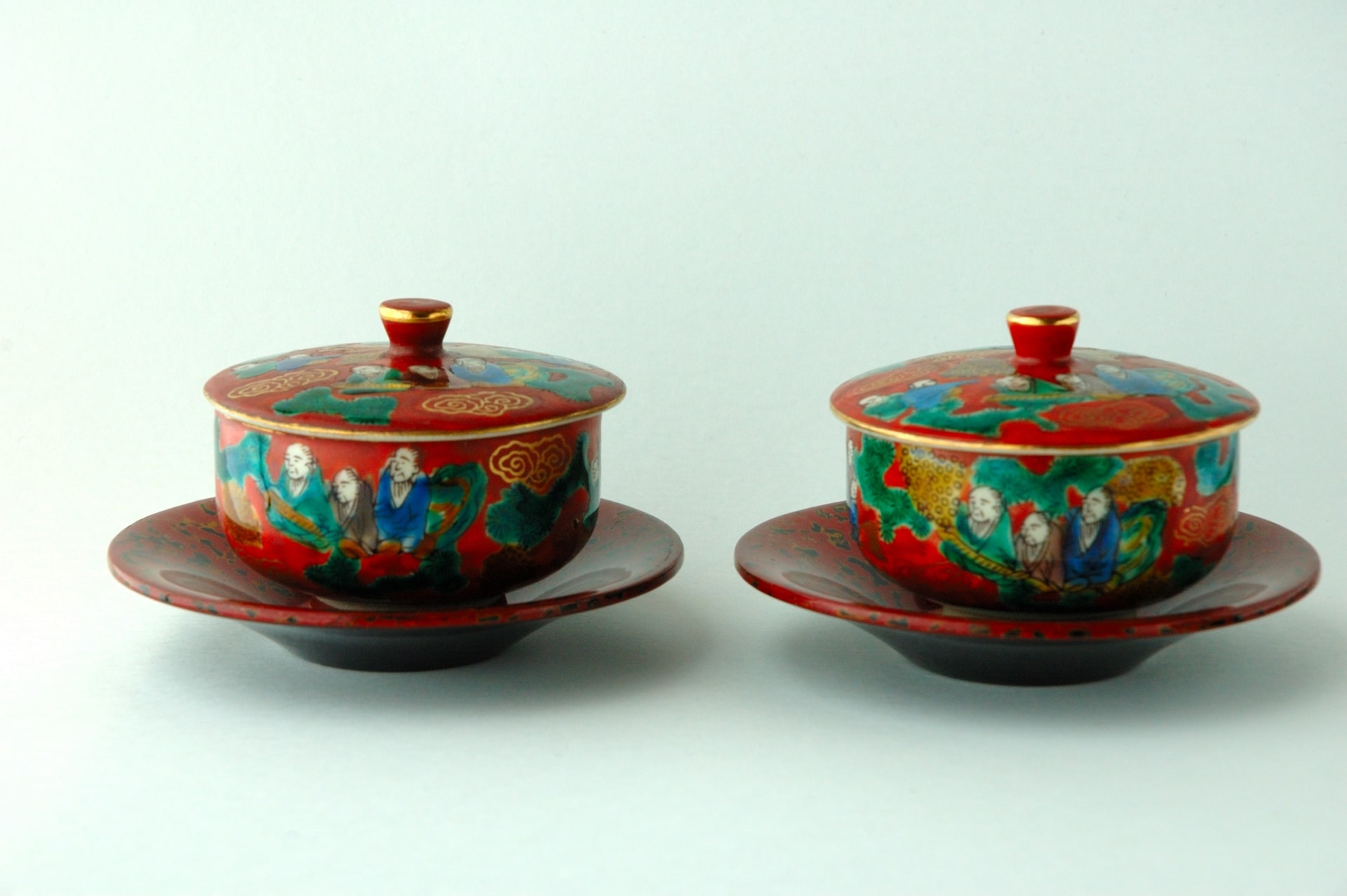
Kutani ware originated during the mid-17th century when Goto Saijiro, who learned pottery making from working in Arita, returned to his hometown and opened his own kiln. Sadly for him, production only lasted 50 years, but about a century after closing production, they re-opened and have been a popular style of Japanese ware ever since.
The style is different between the first 50 years and after re-opening, being called “Ko-Kutani” (古九谷) and “Saiko-Kutani” (再興九谷) respectively.
Ko-Kutani ware is famous for its classical five-color style known as “Gosai-de” (五彩手). On the other hand, Saiko-Kutani ware can be divided into several different styles, some having conservative coloring while others being colored in red and gold.
If you happen to be going to Ishikawa prefecture, you can learn more about Kutani ware at the Kutaniyaki Art Museum.
▶Official Website: http://www.kutani-mus.jp/en/
4. Kyo ware
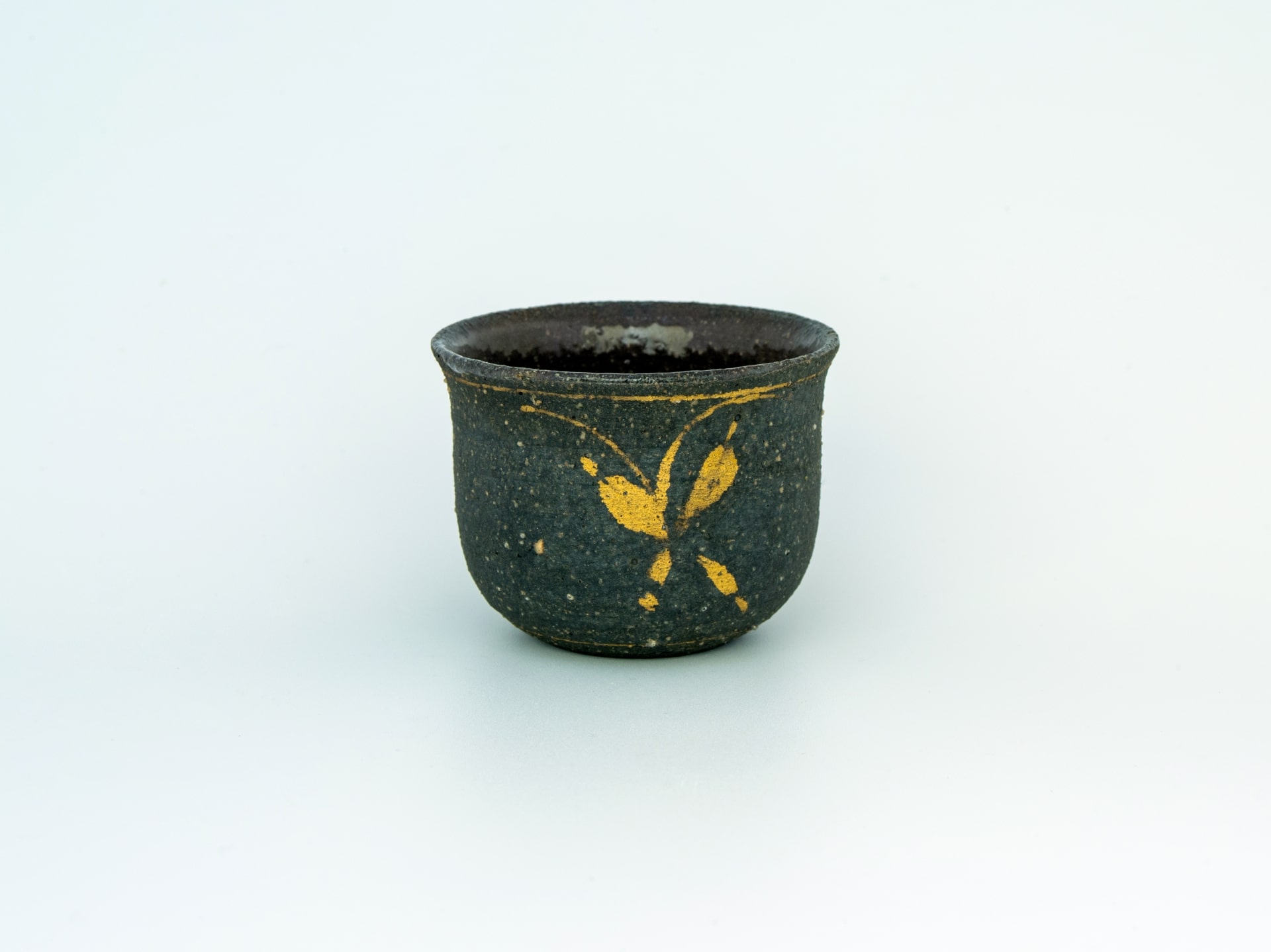
It has a long history, dating back to the late 16th century. From there, it has been evolving and adapting to the changes in culture of the city of Kyoto.
Since Kyoto has been the center of culture since long ago, Kyo ware has evolved alongside other artistic disciplines such as “Sado”(Japanese tea ceremony), “Kado” (Japanese flower arranging), and “Kodo” (appreciation of Japanese incense).
You will be able to find many of these Kyo ware when you go visit Kiyomizudera Temple. But you can also visit the Kyoto Museum of Crafts and Design.
▶Official Website: https://kmtc.jp/en/
5. Shigaraki ware
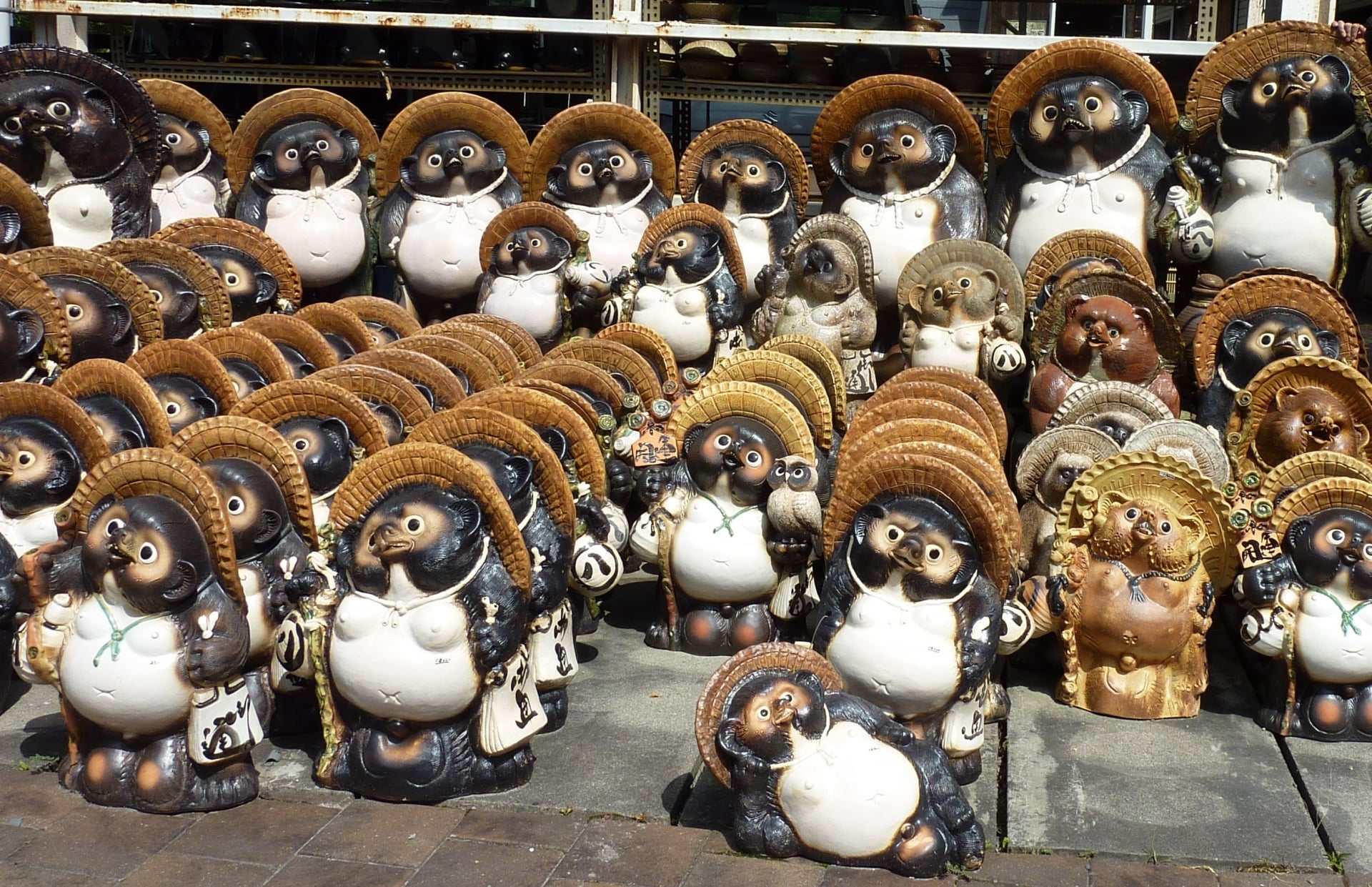
Alongside the kiln in Seto, the kiln at Shigaraki is also counted as one of the Six Ancient Kilns.
The material used for the Shigaraki ware is relatively rough, bulky, and resistant to heat. This makes it suitable for large pieces such as tiles, charcoal braziers, clay pots, and of course, Tanuki figures.
But with the rise in popularity of Japanese tea ceremonies starting late 16th century, they also started making Japanese tea bowls. The roughness of the texture and warmness that can be felt from the end product had a great impact and is said to have helped stimulate the “Wabi-Sabi” culture.
For more info about Shigaraki ware or about the city of Koka, you can visit their official website.
▶Official Website: http://www.city.koka.lg.jp/en/
6. Bizen ware
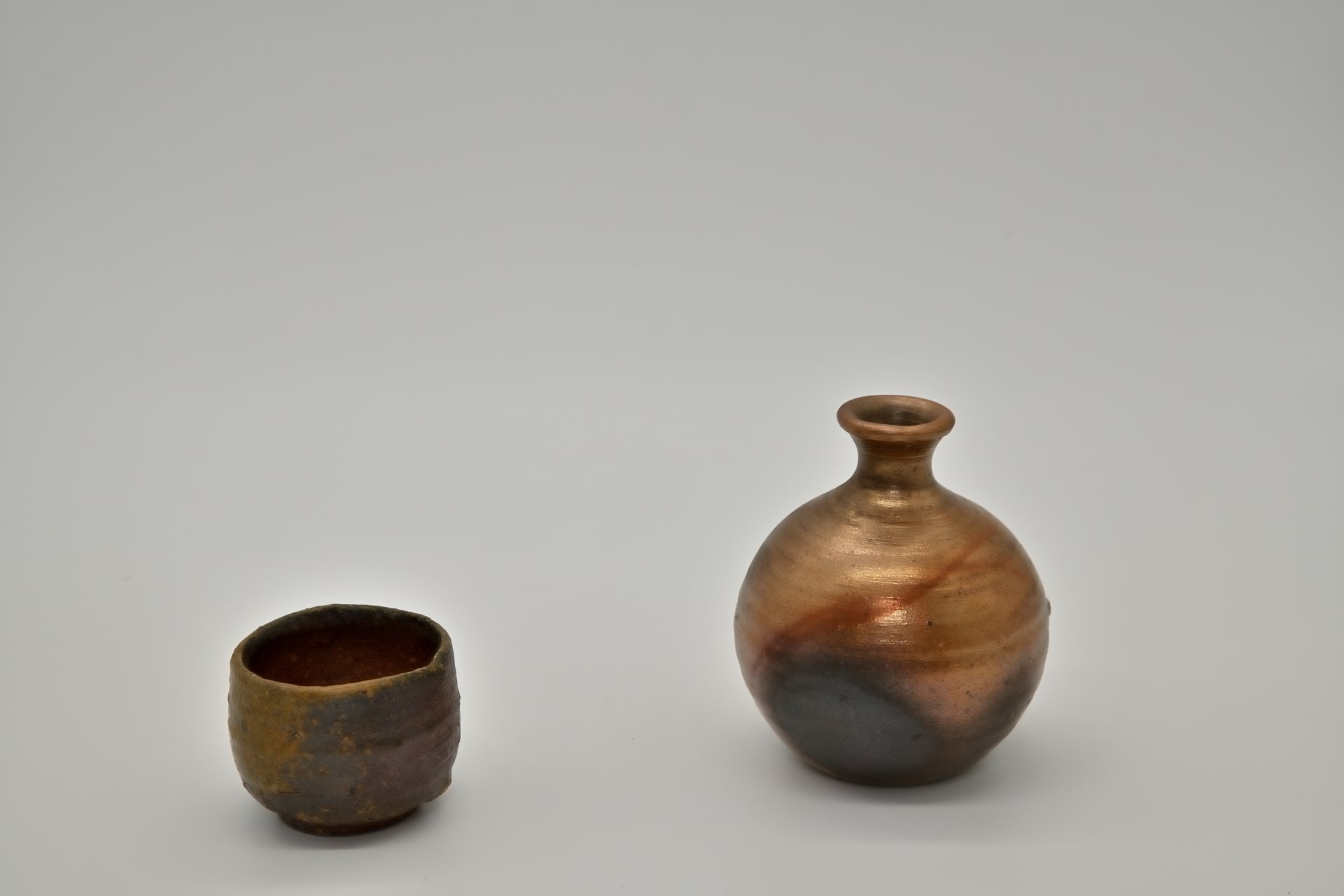
Historically, its rise in popularity during the Momoyama period (1573-1603) saw it grace samurai residences and tea ceremonies. Characteristically, Bizen ware is unglazed, resulting in a natural, earthy appearance. Its unique features arise from wood-fired kiln effects, like ash glaze and kiln markings. Unlike many other Japanese ceramics that may be painted or have added glazes, Bizen relies on the clay’s natural beauty and the unpredictable results from kiln variations.
Fun fact: Bizen’s distinctive look emerges from its long firing process, often lasting for 10-14 days, and the specific clay sourced from the region. This traditional pottery continues to be highly valued for both its historical significance and its organic aesthetic.
For more info about Bizen ware, you can visit the Okayama tourism website.
▶Official Website: https://www.okayama-kanko.jp/feature/bizenyaki/1
7. Imari ware
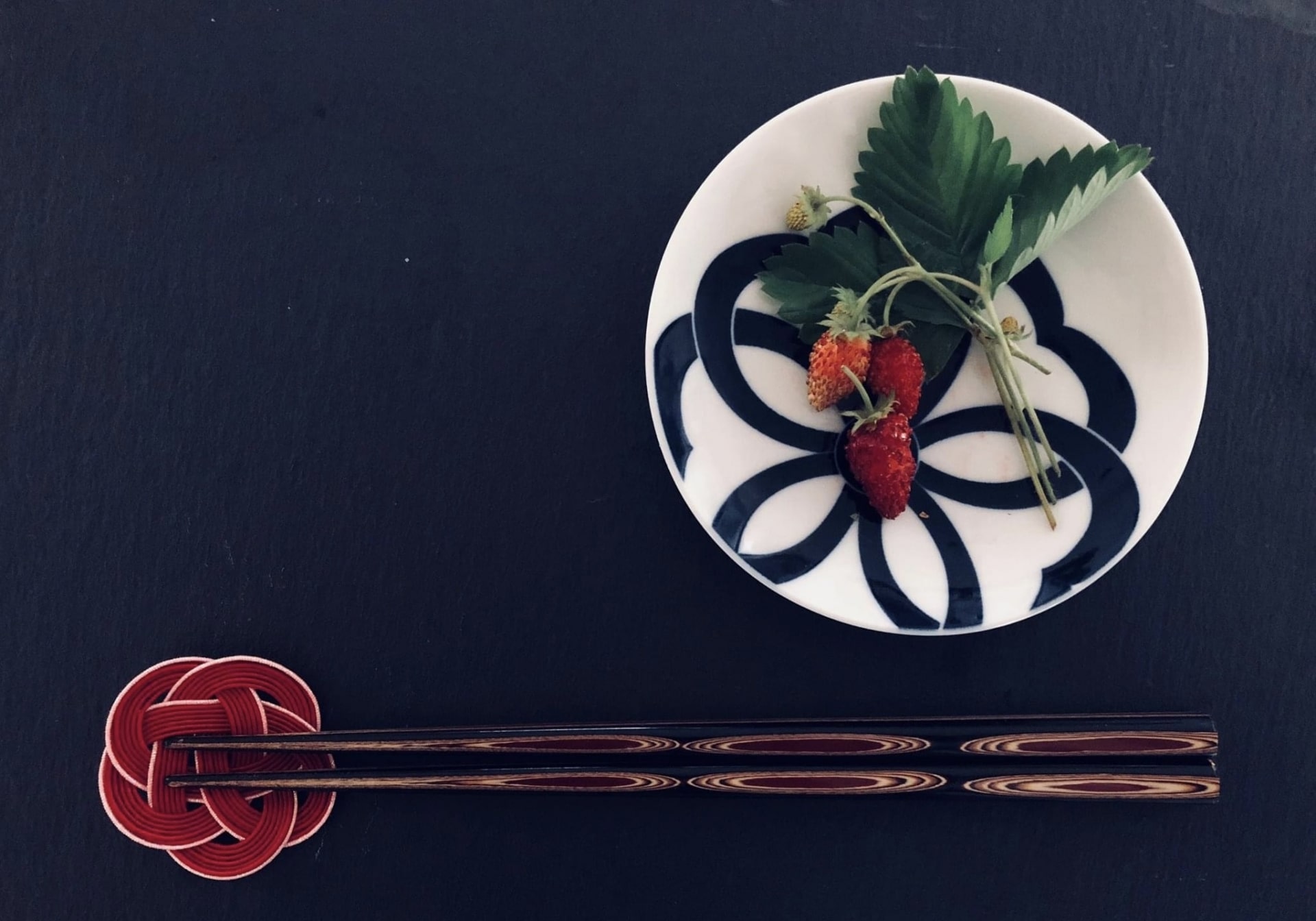
While Arita ware is the most famous under the Imari umbrella, it also encompasses other styles like Mikawachi ware (三川内焼), Hasami ware (波佐見焼), and Nabeshima ware (鍋島焼). Mikawachi ware is known for its deep blue underglaze designs. Hasami ware, produced in Nagasaki, showcases simplistic aesthetics and functionality. Nabeshima ware, produced for the Japanese elite, is distinct with refined techniques and designs, often featuring nature.
Imari wares are recognized for vivid colors, intricate designs, and clear glaze. Compared to other Japanese ceramics, Imari ware is more ornate, with elaborately painted patterns, whereas many other wares may prioritize natural or muted aesthetics.
For more info about Imari ware, you can visit the Imari city website.
▶Official Website: https://www.city.imari.saga.jp/4331.htm
8. Mino ware
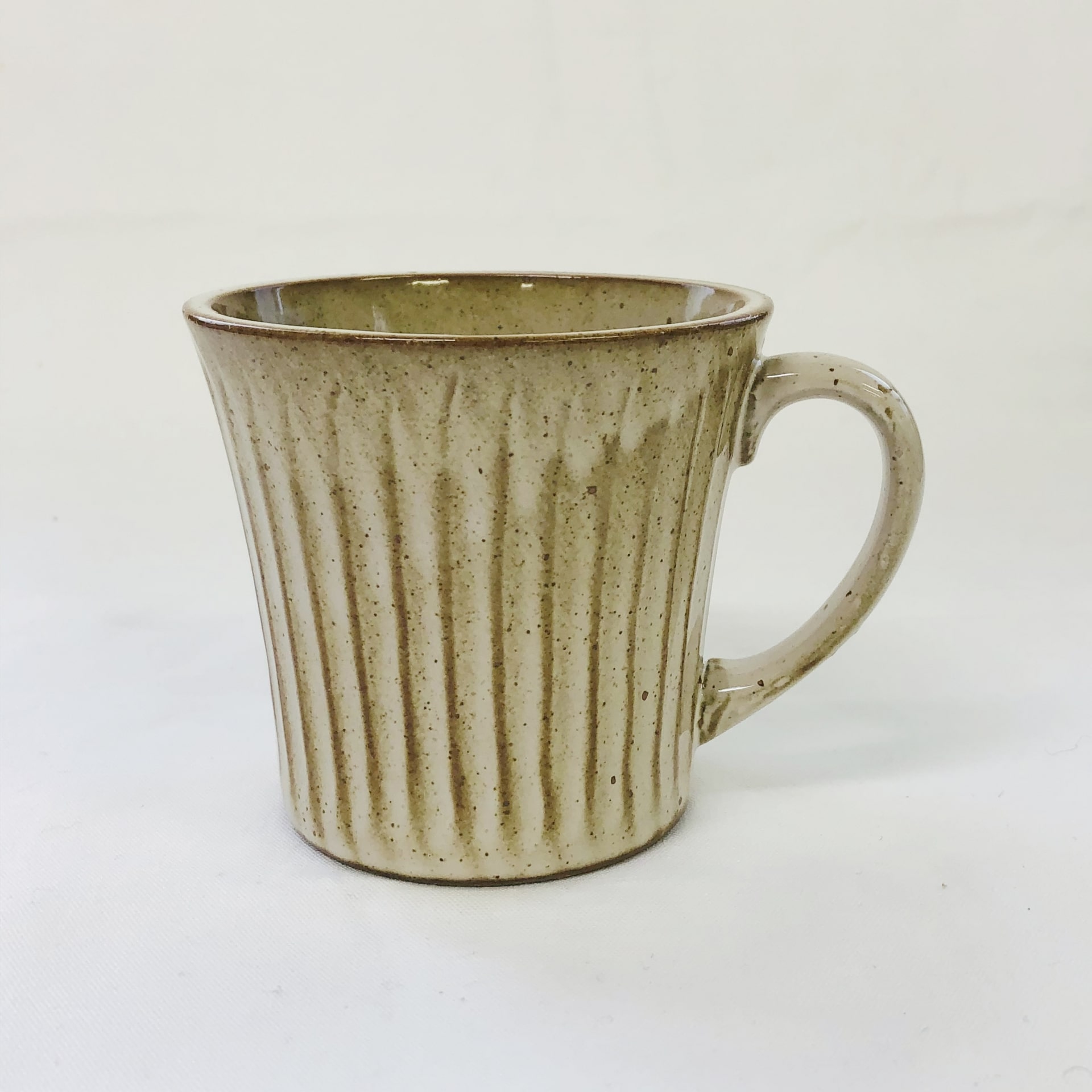
Mino ware encompasses a wide range of styles, with Setoguro (black Seto), Shino, Oribe, and Yellow Seto being the most iconic. Characteristics of Mino ware include diverse patterns, textures, and glazing techniques, with each style having its unique features. For example, Shino is known for its thick, white glaze with pinholes, while Oribe showcases green copper glazes and bold patterns.
Mino ware stands out due to its versatility and the broad spectrum of styles under its umbrella. The Mino region’s proximity to Seto, another significant pottery site, led to a rich exchange of techniques and styles, further enhancing Mino’s ceramic legacy.
For more info about Mino ware, you can visit the Mino ware website.
▶Official Website: https://www.minoyaki.gr.jp/craft
9. Tsuboya ware
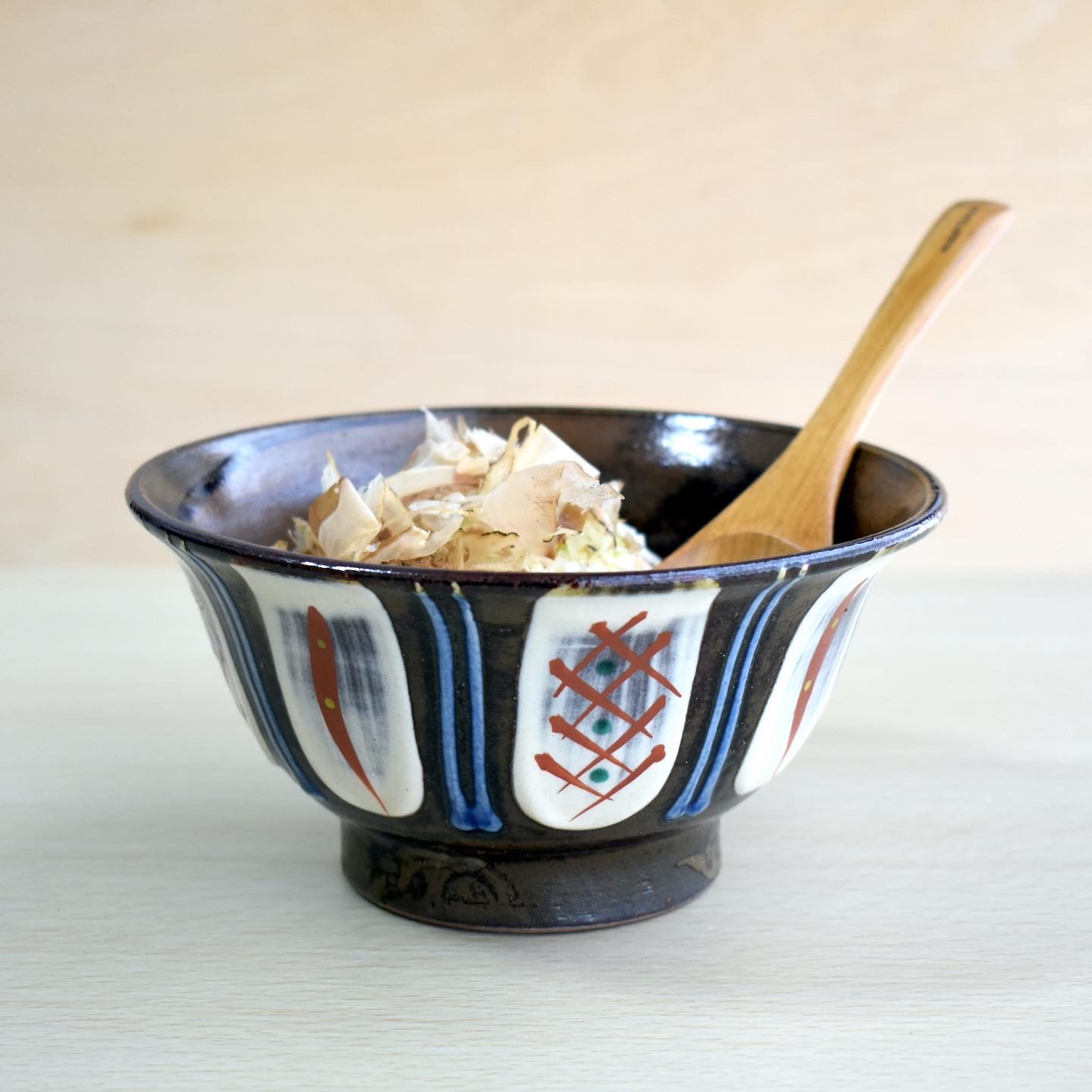
Tsuboya ware is notable for its rustic appearance, often showcasing deep red and brown hues, thanks to iron-rich clay and traditional firing methods. Its forms are simple yet functional, reflecting Okinawa’s unique island culture. Compared to other Japanese wares, Tsuboya pottery is distinctly robust and earthy, revealing its roots in the daily life of Okinawans.
Established in the 17th century, it represents the fusion of indigenous Okinawan pottery with techniques from other Asian regions, especially after the Satsuma Clan’s invasion of the Ryukyu Kingdom in 1609.
A fun fact is that Tsuboya Street in Naha remains a vibrant hub for pottery enthusiasts, with numerous kilns and shops continuing the centuries-old tradition, making it a living testament to Okinawa’s rich ceramic heritage.
For more info about Tsuboya ware, you can visit the Tsuboya ware website.
▶Official Website: https://tuboya.com/about/
10. Oborisoma ware
And lastly, on our list is Oborisoma ware or “Oborisoma-yaki” (大堀相馬焼) which is a treasured ceramic tradition from the northeastern region of Japan, specifically from the Namie area in Fukushima Prefecture. Established around the late Heian period (794-1185), it holds the honor of being the oldest pottery style in the Tohoku region.
Characteristics of Oborisoma ware include thin, almost translucent, pale blue or white pottery, often adorned with delicate, hand-painted designs, evoking a sense of elegance and fragility. Compared to other Japanese wares, Oborisoma stands out with its diaphanous quality and the gentle beauty of its forms. Interestingly, despite its fragile appearance, it’s lauded for its strength and durability.
Oborisoma ware once ceased production in the early 18th century but saw a heartening revival in the 1970s, ensuring that this remarkable craft continues to enchant pottery aficionados today.
For more info about Oborisoma ware, you can visit the Oborisoma ware website.
▶Official Website: http://www.somayaki.or.jp/
What did you think about this list? I hope I was able to spark interest in you. Pottery and ceramics are not usually interesting subjects, but when it comes to Japanese pottery, it has so much history, culture, and artistry, that it is impossible to not be intrigued!
Japanese ware is a reflection of Japanese culture and values. Learning about it may lead you to discover a new side of Japanese culture you wouldn’t have discovered elsewhere.
▽Here are more “Made in Japan” articles▽
▶Most Praiseworthy Japanese Traditional Crafts
▶The Guide to Best Japanese Knives
▽Subscribe to our free news magazine!▽
Do you like Japanese traditional crafts? If so, then you might like these other articles!
▽Related Articles▽
▼Editor’s Picks▼
Written by
Born and raised in Costa Rica, I started living in Tokyo from college. I love traveling within Japan & around the world. Since I wasn’t born in Japan, I know the cultural impact that you can get when visiting Japan for the first time and what you might be worried about before your trip. And I’ve lived long enough to somewhat understand the nuances of the Japanese culture that make this country such an attractive place to visit. Hopefully I can provide to you both the information you’re looking for and the information you didn’t know you needed to know.





